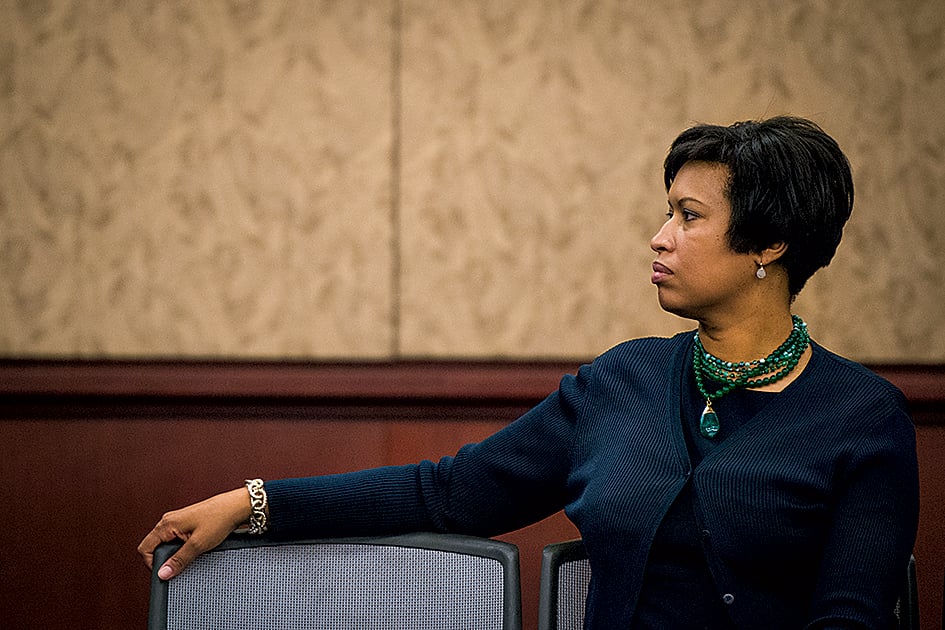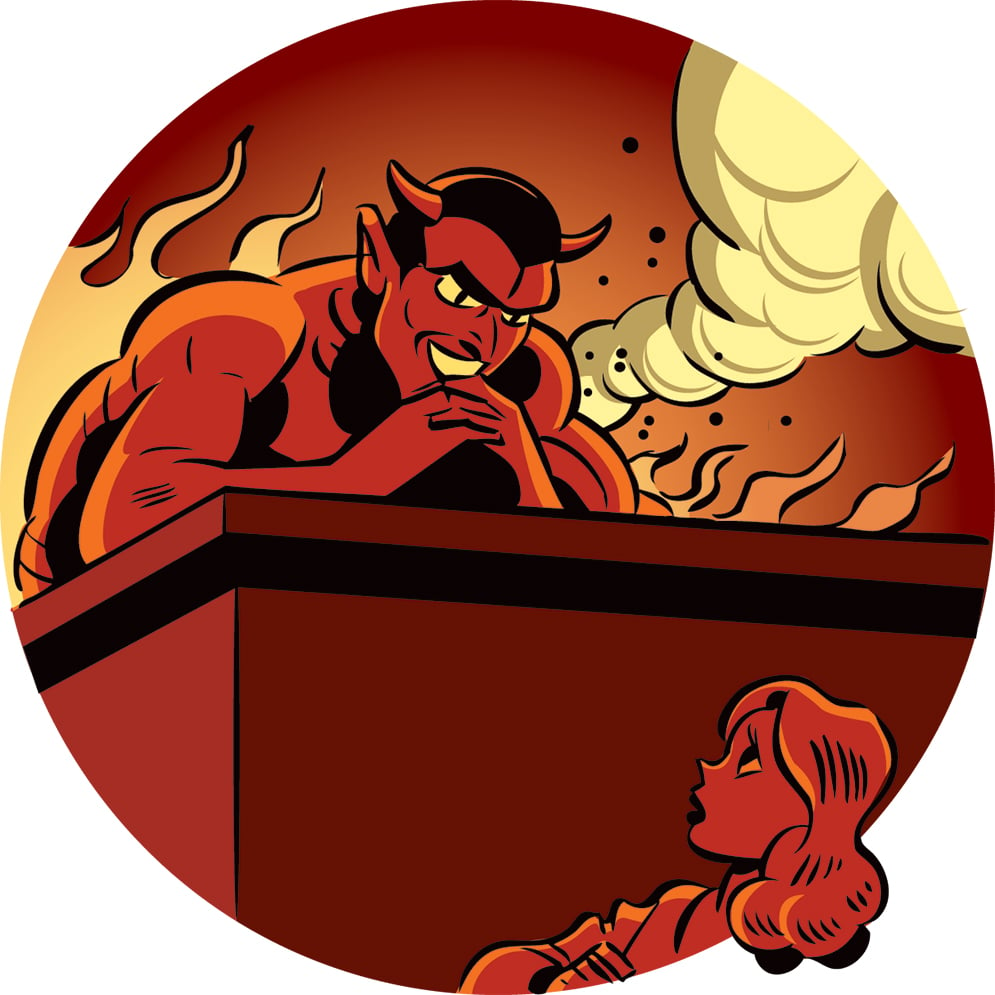
The word “teenager” first appeared in print in 1941, in Popular Science. Ever since, the teen has been a species much talked about but little understood.
Any parent who’s felt the house shake when a teenager slams a bedroom door knows this. As they hit puberty, many kids build walls around their lives and treat even the smallest interaction with an adult as an invasion.
Conventional wisdom suggests that such estrangement is part of life’s natural order. Experts say kids are just seeking their independence. Or they blame hormones, as only a chemical imbalance could possibly explain teens’ bizarre behavior.
Such explanations ignore history. Before the Depression, many teens spent most of their days working in factories, on farms, and in small stores. But in the late 1930s, in the last years of the Depression, government forced kids out of the workplace and into the high-school classroom to make room for the thousands of men looking for jobs.
“Like the Hoover Dam, the American teenager was a New Deal project,” writes Thomas Hines in The Rise and Fall of the American Teenager.
During World War II, according to Hines, high schools for the first time enrolled a majority of teens. Many found meaningful contact with grownups dwindle as they shuffled from one class to the next, a different teacher in every room. The biggest influence in their lives became those they saw the most–other teenagers. Teen culture was born, and with it slang, music, and customs that reinforced their separation from grownups.
In the 1970s, as more mothers entered the workforce, adults became an afterthought in the lives of many teens. “It used to be that kids sneaked time away from adults,” writes Patricia Hersch, a Reston writer who spent six years talking with teens in her neighborhood for the book A Tribe Apart: A Journey Into the Heart of American Adolescence. “The proverbial kisses stolen in the back seat of a car, or the forbidden cigarette smoked behind the garage, bestowed a grown-up thrill of getting away with the forbidden. . . . Today, Mom is at work. Neighbors are often strangers. Relatives live in distant places.”
Adolescents, Hersch concludes, “have become strangers.”
This decade will see the largest generation of teenagers ever as the children of baby boomers come of age and pass through high school.
To better understand this powerful yet seemingly alien cultural force, we dispatched young reporters to talk to teenagers from nearly 50 high schools and get them to open up about their lives. What follows are snatches of these conversations, many of which lasted hours and probed topics that we never dreamed would pop up.
In some cases, reporters talked to multiple kids from a school, though not all the interviews were used. To protect the kids’ confidentiality, we’ve used pseudonyms and in some cases have given no school information. We also used photos of models, not the teens who were interviewed.
Staff writer Cindy Rich (crich@washingtonian.com) graduated from Walter Johnson High in Bethesda. Former editorial intern Caleb Hannan is an alumnus of Yorktown High in Arlington. Assistant editor Sara Levine went to Bethesda-Chevy Chase High. DC writer Denise Kersten Wills has contributed to the magazine since 1999.


















